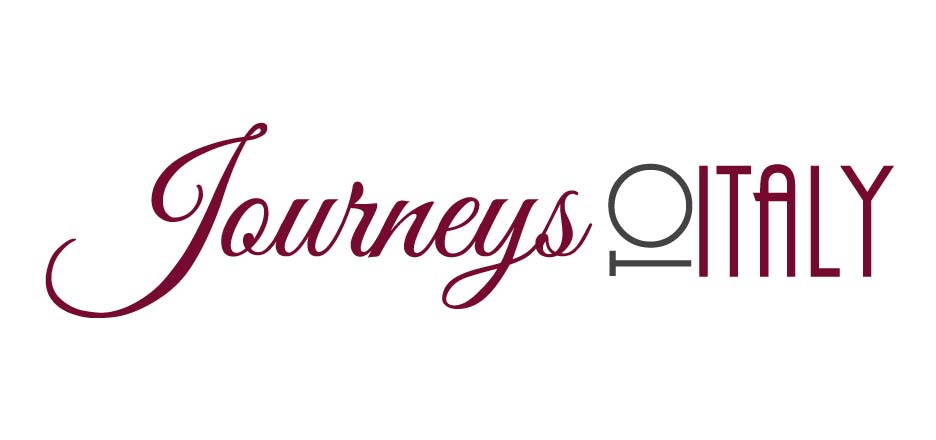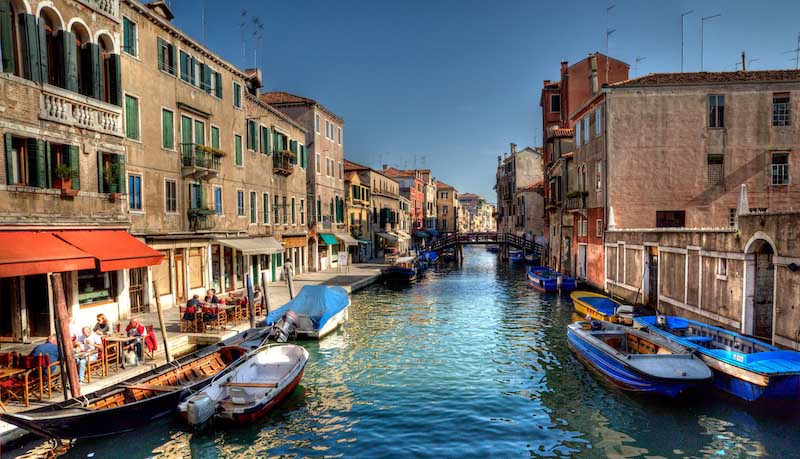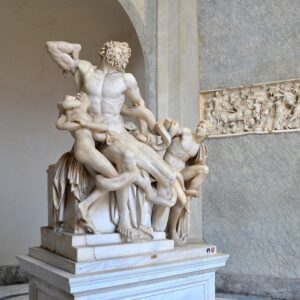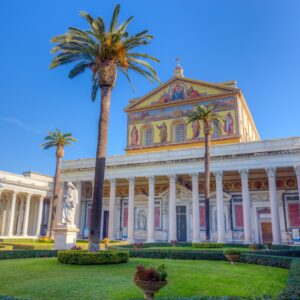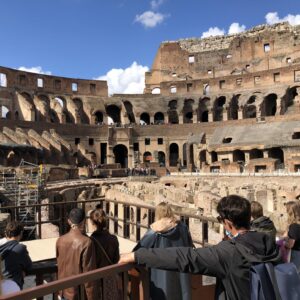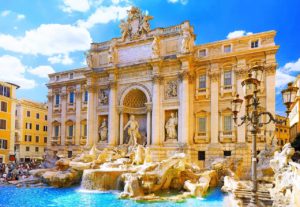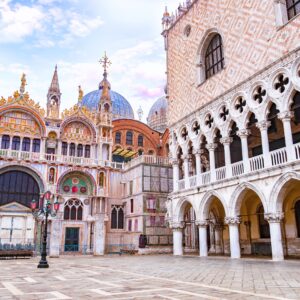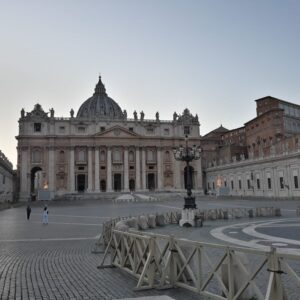Today we are going to talk about some of the most interesting Ancient Jewish districts of Italy, respectively the one in Venice, the one in Rome and the one in Pitignano.
The Jewish districts were called Ghetto, the word ghetto, so widespread in all languages, originates here, from the Venetian word ‘geto’. In ancient times, in the early Middle Ages, there was in fact an ancient foundry (a “geto”’ in Venetian) in this part of the city that was used to forge the bombards, the small cannons of Venetian ships. When, for political reasons, the Serenissima Republic established by law in 1516 that all Jews had to live and reside here, the population came mostly from Central and Eastern Europe and it was because of their pronunciation that the Venetian term ‘geto’, was mispronounced as ‘gheto’ (read German), giving rise to the term we use today all over the world.
The Jewish district in Venice

The Jewish presence in Venice is attested even before the year 1000, although it will be necessary to wait until the late 14th century to appreciate a consistent and stable settlement. Little by little, in spite of the alternating permits and prohibitions to stay in the city, the Jews became a considerable nucleus in Venice and, feeling the need to organize their presence, the government of the Republic, with a decree of 29 March 1516, established obligations and restrictions for the entire Jewish population. It was thus decided that all of them had to live in a single area of the city, without being allowed to leave either at night or during Christian holidays.
The ghetto area already looked like it does today: a small island, surrounded by canals, with access only via two bridges. At these, there used to be strong gates, which were closed and guarded at night, as the inhabitants were only allowed to leave the district during the day and with special signs. If you pay attention, even today, you can still see the holes where the hinges of the gates sank.
You can discover the Jewish District in Venice with one of your Venice Tours.
The Jewish district in Rome

The Jewish ghetto in Rome is among the oldest ghettos in the world; it arose 40 years after the one in Venice, which is the first ever. The term derives from the name of the Venetian district, “ghetto”, where there was a foundry (gheto in Venetian), where the Jews of that city were forced to reside; another possible etymology traces the origin of this word back to Hebrew, meaning separation. The Jewish Ghetto of Rome represents one of the most beautiful hidden treasures of the capital. Visiting this small neighborhood, bordered by the Tiber on one side and Piazza Venezia on the other, is not only a cultural and religious experience, because of the Synagogue and the Jewish Museum, but also a gastronomic one, thanks to the numerous typical restaurants scattered throughout the ghetto.
Rome’s ghetto is considered the oldest in the western world. It was Pope Paul IV who ordered its construction in 1555, revoking all rights granted to the Roman Jews and originally providing it with only two entrances to enter and exit. Life for the Jews was very hard and was subjected to a series of obligations and prohibitions: the obligation to reside within the ghetto and to always carry a distinctive sign of belonging to the Jewish community, prohibition to engage in any kind of trade except rags and clothes and to own real estate.
The Jews made a virtue out of necessity and, thanks also to these prohibitions, became shrewd clothing merchants and skilled businessmen in the field of loans.
At dawn on 16 October 1943, the Nazis surrounded the neighborhood and captured more than 1,000 Jews by forcibly removing them from their homes. Two days later the prisoners were loaded onto the wagons of a train bound for Auschwitz: of the 1,023 deportees only 16 survived the extermination.
Over the years, the ghetto increasingly expanded its territorial boundaries until the ‘liberation’ of 1949 when, following the proclamation of the Italian Republic, segregation was abolished. In 1970 the Jews were put on an equal footing with Italian citizens and over the years the old streets and buildings were demolished to make way for new buildings and the construction of three new streets: Via del Portico d’Ottavia, Via Catalana and Via del Tempio. The Jewish Ghetto was built over some roman ruins and now a days it is interesting to see how roman buildings merge into medieval buildings.
Discover with our Rome Tours the Jewish District in Rome.
The Jewish district in Pitigliano, Tuscany

In the heart of Italy, in the Tuscany region on top of the hills there is a medieval village that stands on a tufa rock, this village is also known as the “Italian Jerusalem” its name is Pitigliano. The village has an amazing historic center with ancient palaces and churches but one of the most important historical sites is the ancient Jewish district that starts from Via Zuccarelli.
The Jewish district was built from the second half of the 16th century when the village was ruled by the Orsini family, after the arrival of the Jewish community, the Ghetto was the hub of Jewish community life in the Tuscan village.
In the decades following the arrival of the Jewish community in Pitigliano, at the end of the 16th century, the Synagogue, the ritual bathhouse, the unleavened bread oven, the kosher butcher’s shop and the wine cellar were built. Outside the historical center instead, just outside the village of Pitigliano, is the Jewish Cemetery.
Italy preserved an incredible historical Jewish Heritage and it is really worth to visit it.
